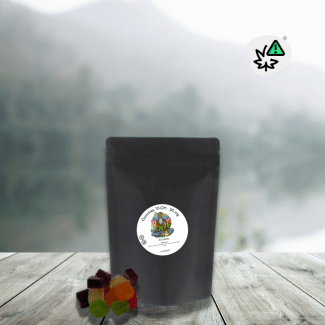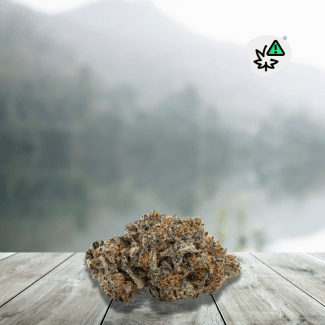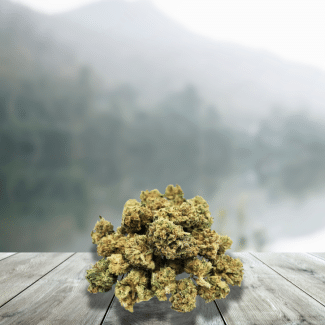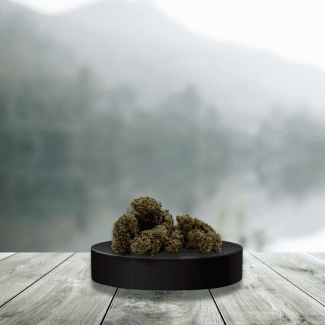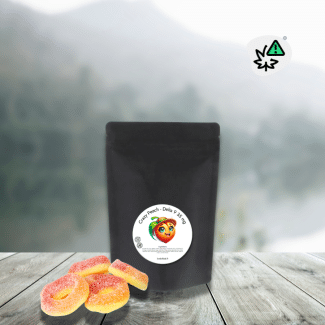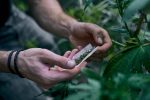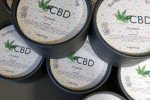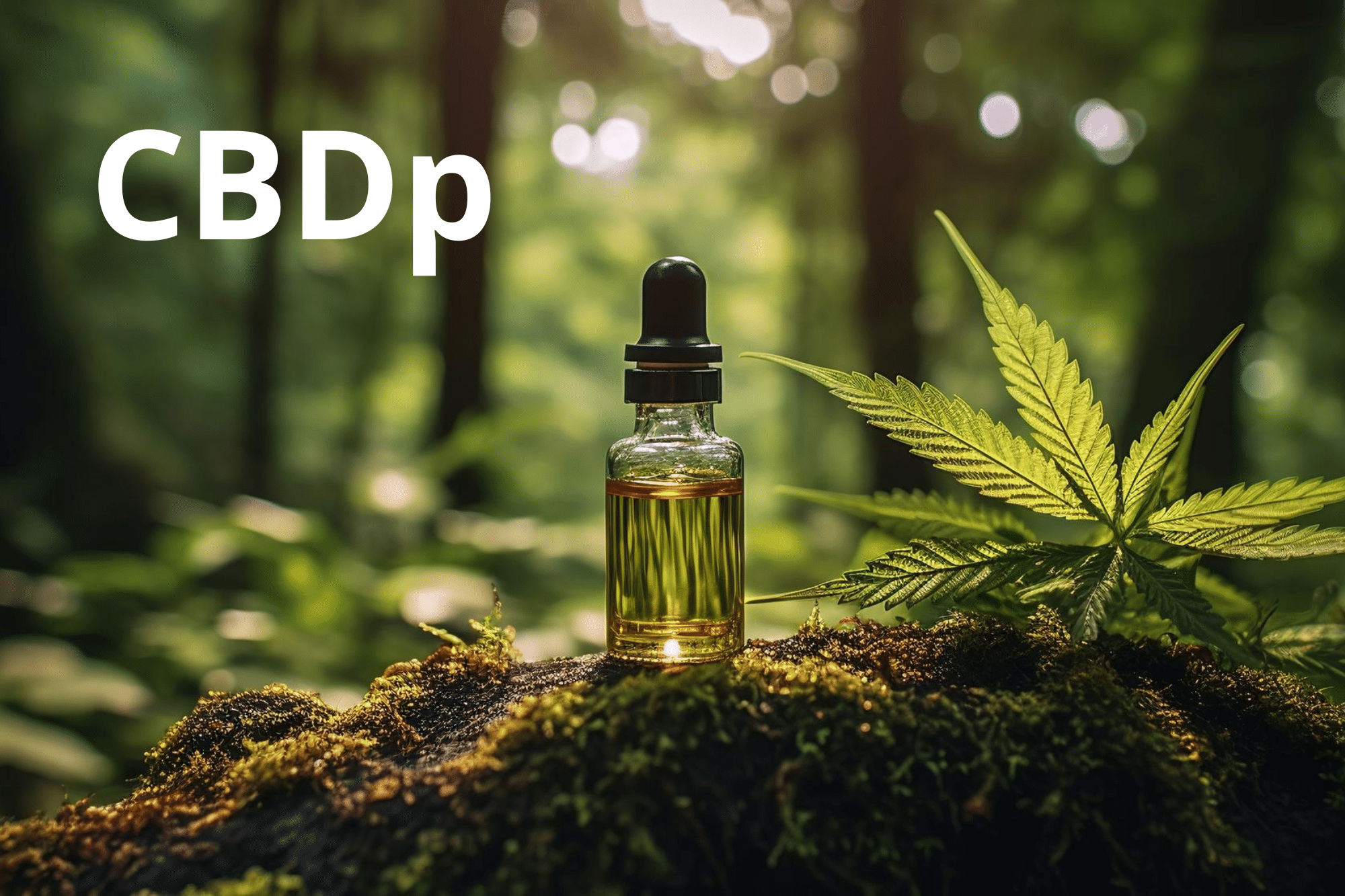
What is CBDP? A Scientific Exploration of this Rare Cannabinoid
What is CBDP?
CBDP, or cannabidiphenol, is a rare phytocannabinoid discovered in the cannabis plant. It is the heptyl homolog of cannabidiol (CBD). Prior to 2019, it was not recognized as a natural cannabinoid and was considered a synthetic compound. This molecule is also known under the names CBD-C7 and CBD-heptyl.
In 2019, Italian researchers , responsible for the discovery of THCP, identified CBDP as a naturally occurring phytocannabinoid and isolated it from the cannabis plant. This identification was achieved using advanced techniques such as high-performance liquid chromatography (HPLC) and high-resolution mass spectrometry (HRMS).
The molecular formula of CBDP is C23H34O2. Unlike CBD, which has a 5-carbon alkyl side chain, CBDP has a 7-carbon side chain.
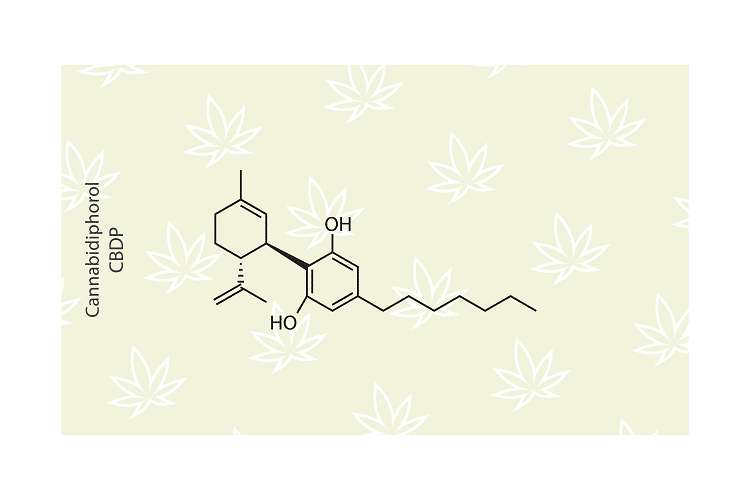
Production of CBDP
CBDP, being present in hemp, is not considered a synthetic substance. However, direct extraction from the plant is not sufficient to cover the needs of commercial production. CBDP is therefore produced in the laboratory by isomerization from CBD isolate , which is cannabidiol in crystalline form. Due to this production method, it is referred to as a semi-synthetic compound, similar to HHC or H4CBD.
Effects of CBDP
Current knowledge about CBDP is still limited, and additional research is needed to fully understand its mechanisms of action and therapeutic potential.
A 2018 study suggested that side chain length in cannabinoid compounds could alter the affinity and pharmacology of cannabinoid receptors. Some scientists believe that the modified structure of CBDP would allow it to bind more effectively to CB2 receptors compared to CBD.
However, a 2019 study published in the scientific journal “Scientific Reports” indicates that CBDP has a low affinity for CB1 and CB2 receptors. It is therefore unlikely that a longer side chain would help CBDP bind more effectively to receptors in the human body.
Researchers continue to explore the potential anti-inflammatory, antioxidant, and anti-epileptic activities of CBDP, although this is not yet a priority. In 2021, an Italian study examined the potential of CBDP against breast cancer, suggesting that this cannabinoid may have similar but more powerful effects than CBD. These preliminary results indicate that CBDP could help fight breast cancer cells in cell culture and potentially improve the effectiveness of some existing anticancer drugs.
Side Effects of CBDP
As with any new compound, a comprehensive safety profile is necessary to assess its potency, therapeutic potential, safety and appropriate consumption routes.
Potential side effects of CBDP may include fatigue, drowsiness, dry mouth, or changes in appetite. These side effects are usually mild and disappear after a short time. The intensity of effects may vary depending on age, body proportions, individual sensitivity, dose and method of consumption.
CBDP legislation
Legislation regarding cannabinoids is heavily influenced by local regulations on cannabis derivatives. In 2018, the US Farm Bill legalized all cannabis derivatives containing up to 0.3% THC on a dry weight basis. In France, the legal limit is 0.3% THC.
The Farm Bill therefore defines CBDP as legal in the United States, but laws regarding cannabinoids may vary from jurisdiction to jurisdiction. Some countries and states may have stricter rules regarding the sale and use of these products, while others may have no regulations at all. It is therefore crucial to check local laws before importing or using products containing CBDP.
Currently, CBDP is authorized in most European countries, including France, but it is not authorized in Norway.
Conclusion: The Importance of Laboratory Analysis
CBDP is a naturally occurring phytocannabinoid found in the cannabis plant, with a unique chemical structure that distinguishes it from CBD. Although research on this cannabinoid is still limited, early studies suggest that it could have promising therapeutic effects, particularly against breast cancer.
As with any cannabinoid, it is essential to ensure the safety and quality of CBDP products. This includes independent laboratory testing to verify the absence of contaminants such as pesticides, heavy metals and solvents, as well as to confirm the cannabinoid content of products.
CBDP could offer an interesting alternative to other cannabinoids, especially for those looking for potentially more potent effects than CBD. However, more research is needed to fully understand its effects and therapeutic potential.
